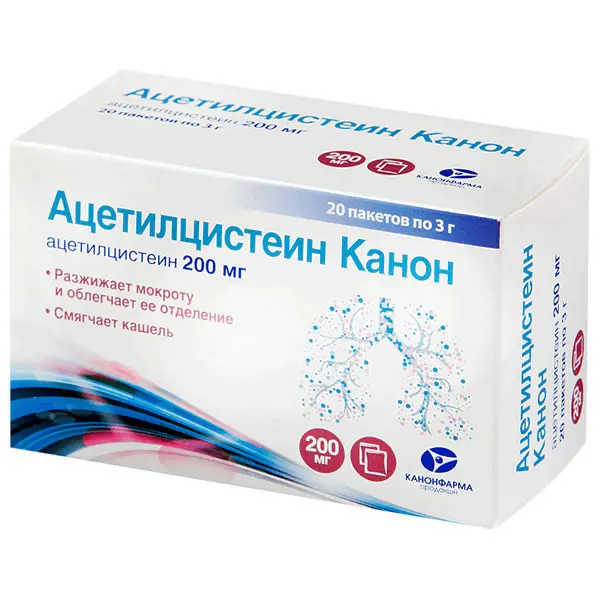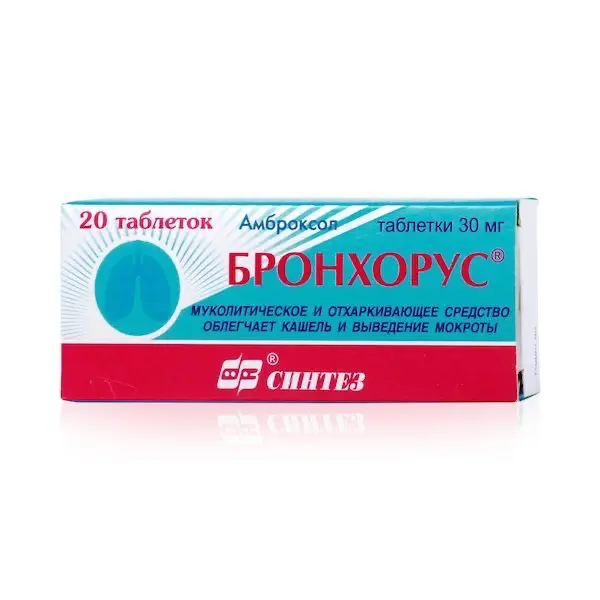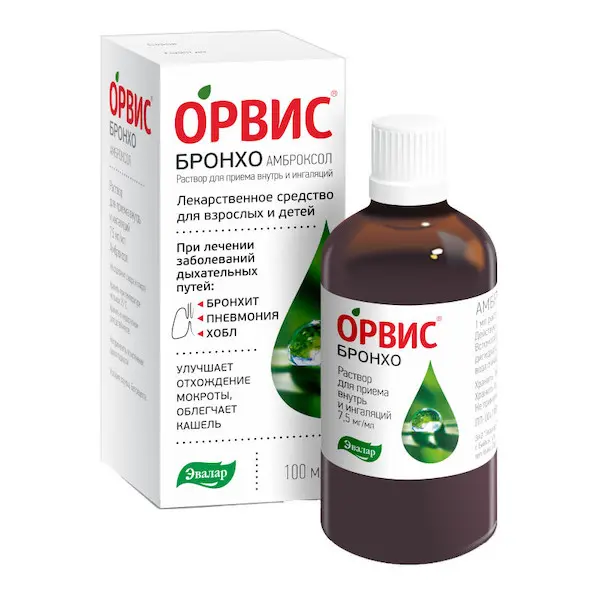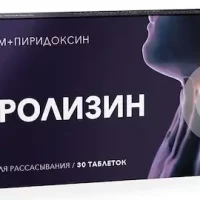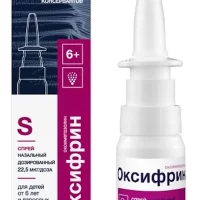Description
Acetylcysteine-Canon Pharmacodynamics
Acetylcysteine is a mucolytic, expectorant, used to thin sputum in diseases of the respiratory system. Acetylcysteine is a derivative of the natural amino acid cysteine (N-acetyl-L-cysteine). It has a pronounced mucolytic effect, belongs to the class of direct mucolytics.
The action of acetylcysteine is associated with the ability of free sulfhydryl group to break intra- and intermolecular disulfide bonds of glycoprotein aggregates of sputum, which leads to depolarization of mucoproteins, providing a strong diluent effect and reducing the viscosity of mucus. Acetylcysteine exhibits mucolytic activity against any type of sputum – mucosa, mucopurulent, purulent. Acetylcysteine increases secretion of less viscous sialomucin by bocalytic cells, reduces bacterial adhesion on the epithelial cells of the bronchial mucosa. Stimulates bronchial mucosa cells, the secretion of which lyses fibrin.
Acetylcysteine liquefies sputum, increases its volume, facilitates sputum separation and significantly softens the cough.
In addition to direct mucolytic action, acetylcysteine has powerful antioxidant pneumoprotective properties that provide effective protection of the respiratory organs from the toxic effects of negative factors: inflammatory metabolites, environmental factors, tobacco smoke.
Acetylcysteine has a direct antioxidant effect, since it includes a free thiol group (-SH) that can interact directly and neutralize electrophilic oxidative toxins.
Acetylcysteine protects alpha1-antitrypsin (elastase inhibitory enzyme) from the loss of activity that can result from exposure to HOCL, a powerful oxidant produced by the myeloperoxidase enzyme of active phagocytes.
Acetylcysteine easily penetrates the cell and is deacetylated, releasing L-cysteine, an amino acid necessary for glutathione synthesis, which is the most important factor of intracellular protection against exogenous and endogenous oxidative toxins and various cytotoxic substances. This feature of acetylcysteine makes it possible to effectively use the latter in acute poisoning with paracetamol and other toxic substances (aldehydes, phenols, etc.).
Mucolytic properties of acetylcysteine begin to appear within 1-2 days from the beginning of therapy. When administered prophylactically, acetylcysteine reduces the frequency and severity of exacerbations of chronic bronchitis and cystic fibrosis.
Indications
Acetylcysteine is used for the treatment of respiratory diseases, accompanied by the formation of viscous sputum difficult to separate:
– acute and chronic bronchitis;
– obstructive bronchitis;
– tracheitis;
– laryngotracheitis;
– pneumonia;
– lung abscess;
– bronchiolitis;
– bronchiectatic disease;
– bronchial asthma;
– cystic fibrosis;
– Chronic obstructive pulmonary disease (COPD);
– Acute and chronic sinusitis;
– Inflammation of the middle ear (otitis media).
Contraindications
– Hypersensitivity to acetylcysteine and other components of the drug;
– Sucrose/isomaltase deficiency, fructose intolerance, glucose-galactose malabsorption;
– phenylketonuria;
– children under 14 years of age (for doses of 600 mg), children under 6 years of age (for doses of 200 mg), children under 2 years of age (for doses of 100 mg);
– Pregnancy and breast-feeding.
With caution:
Bronchial asthma, hepatic and/or renal insufficiency, adrenal disease, esophageal varices, arterial hypertension, susceptibility to pulmonary bleeding, hemoptysis, gastric and duodenal ulcer in anamnesis, histamine intolerance (long-term use of the drug should be avoided, since. (long-term use of the drug should be avoided because acetylcysteine affects the metabolism of histamine and can lead to the occurrence of intolerance symptoms, such as headache, vasomotor rhinitis, itching).
Pregnancy and lactation:
Use of the drug during pregnancy and lactation is contraindicated.
Dosage and administration method
- Inside. Pellets should be dissolved in water at room temperature and taken after meals.
Granules for preparation of a solution for oral administration 100 mg and 200 mg. - In the absence of other appointments are recommended to adhere to the following dosages:
- Mucolytic therapy.
- Adults and adolescents over 14 years of age: It is recommended to take 2 sachets of Acetylcysteine Canon 100 mg or 1 sachet of Acetylcysteine Canon 200 mg 2-3 times a day (400-600 mg per day).
- Children aged 6 to 14 years: it is recommended to take 1 sachet 3 times a day or 2 sachets 2 times a day of Acetylcysteine Canon 100 mg (300-400 mg per day). Acetylcysteine Canon 200 mg should be taken in 1/2 sachet 3 times a day or 1 sachet 2 times a day (300-400 mg per day).
- Children aged 2 to 6 years: it is recommended to take 1 sachet of Acetylcysteine Canon 100 mg 2-3 times a day (200-300 mg per day).
Cystic fibrosis - Children over 6 years of age: 2 sachets of Acetylcysteine Canon 100 mg or 1 sachet of Acetylcysteine Canon 200 mg 3 times a day (600 mg per day).
- Children 2 to 6 years of age: it is recommended to take 1 sachet of Acetylcysteine Canon 100 mg 4 times a day (400 mg per day).
- In patients with cystic fibrosis and body weight over 30 kg, if necessary, the dose may be increased to 800 mg of acetylcysteine per day.
- Additional fluid intake increases the mucolytic effect of the drug.
In short-term colds the duration of treatment is 5-7 days.
For long-term illnesses, the duration of therapy is determined by the attending physician. In chronic bronchitis and cystic fibrosis, the drug should be taken for a longer time to achieve a preventive effect in infections. - Cautions:
Granules for preparation of a solution for oral administration 200 mg
Because of the high content of the active substance (200 mg acetylcysteine in the sachet), it is not recommended for children under 6 years of age. In this case, it is recommended to use Acetylcysteine Canon in other dosage forms with lower content of acetylcysteine.

